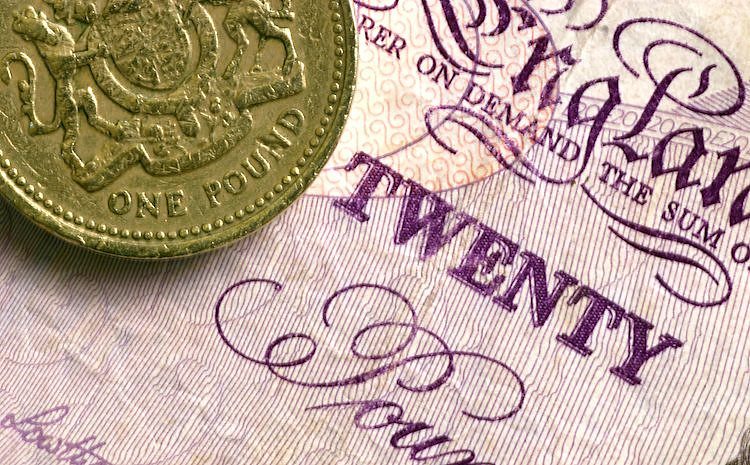The Pound Sterling has been declining against the US Dollar due to increased risk aversion in the market. This decline was seen as the UK Claimant Count Change, a measure of jobless benefits claimed, rose to 32.3K in June, surpassing market expectations. The Pound Sterling weakened as the US Dollar rebounded and the expectations for Fed rate cuts in September increased.
The UK Average Earnings data, which is a key measure of wage growth fueling inflation in the service sector, showed a deceleration in growth. Despite the slowdown, the wage growth is still higher than required for price stability. Meanwhile, the Office for National Statistics reported an increase in hiring by employers and an ILO Unemployment Rate in line with estimates.
Expectations for the Bank of England to reduce interest rates from the August meeting have diminished due to steady core Consumer Price Index data for June. The UK’s core CPI grew steadily by 3.5% due to service inflation data, limiting the chances of rate cuts in the near future.
The Pound Sterling had dropped to near the psychological support level of 1.3000 against the US Dollar in Thursday’s European session. The GBP/USD pair remains strong as the Fed is expected to lower borrowing rates from the September meeting, creating a scenario of higher expectations for rate cuts detrimental to the US Dollar.
The Federal Reserve’s intentions to start lowering interest rates have put pressure on the US Dollar, causing the US Dollar Index to hover near a four-month low. Speculation for Fed rate cuts has increased due to a faster-than-expected deceleration in annual headline and core Consumer Price Index data.
The Pound Sterling’s technical analysis shows a drop to near 1.3000 against the US Dollar, but the overall trend remains strong with all short-to-long-term EMAs sloping higher. The RSI is indicating strong momentum towards the upside, suggesting a potential extension of the Pound Sterling’s upside. A key support level for the GBP/USD pair is seen at the March 8 high near 1.2900.











